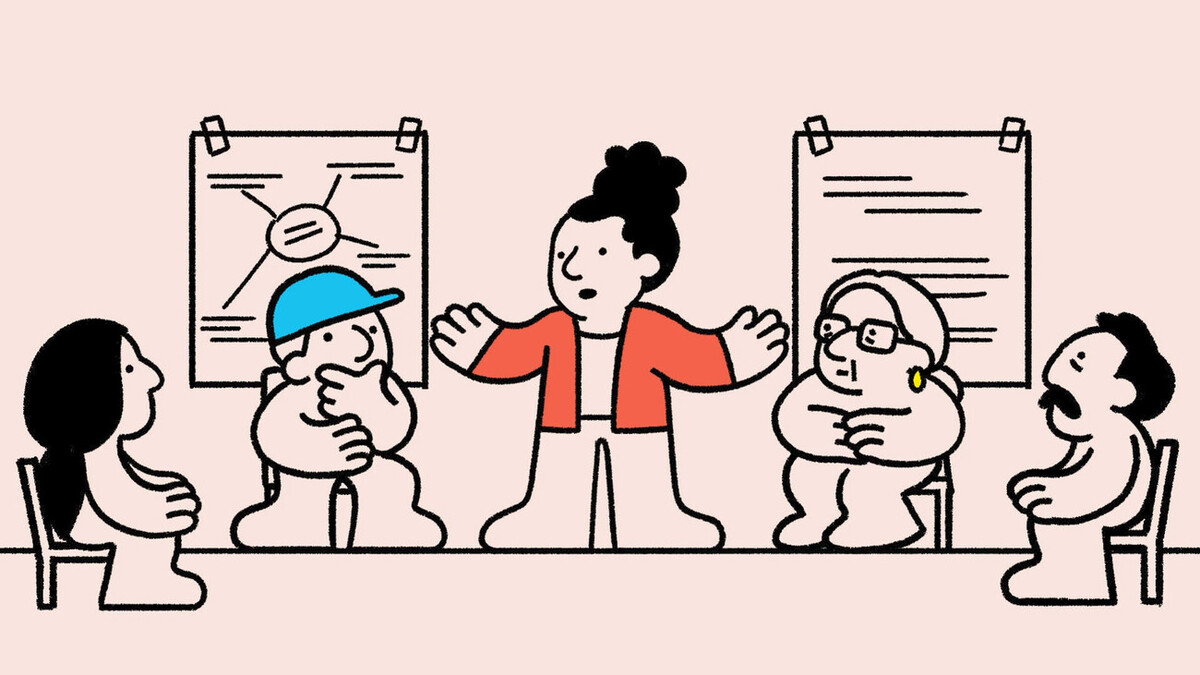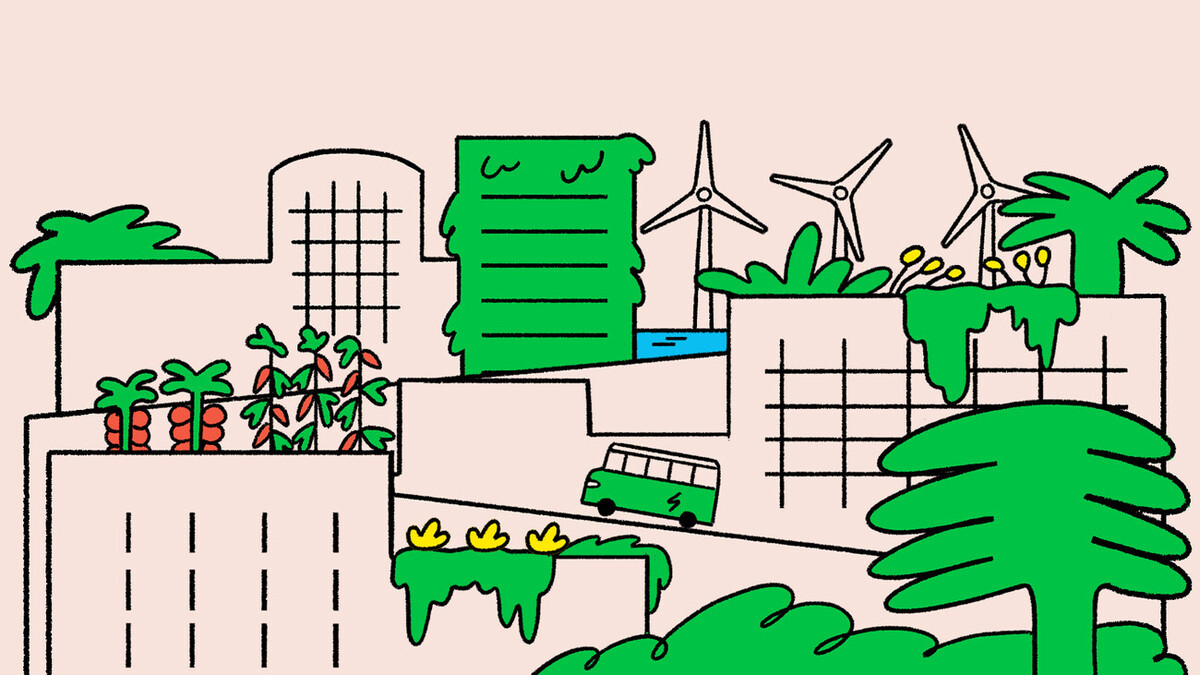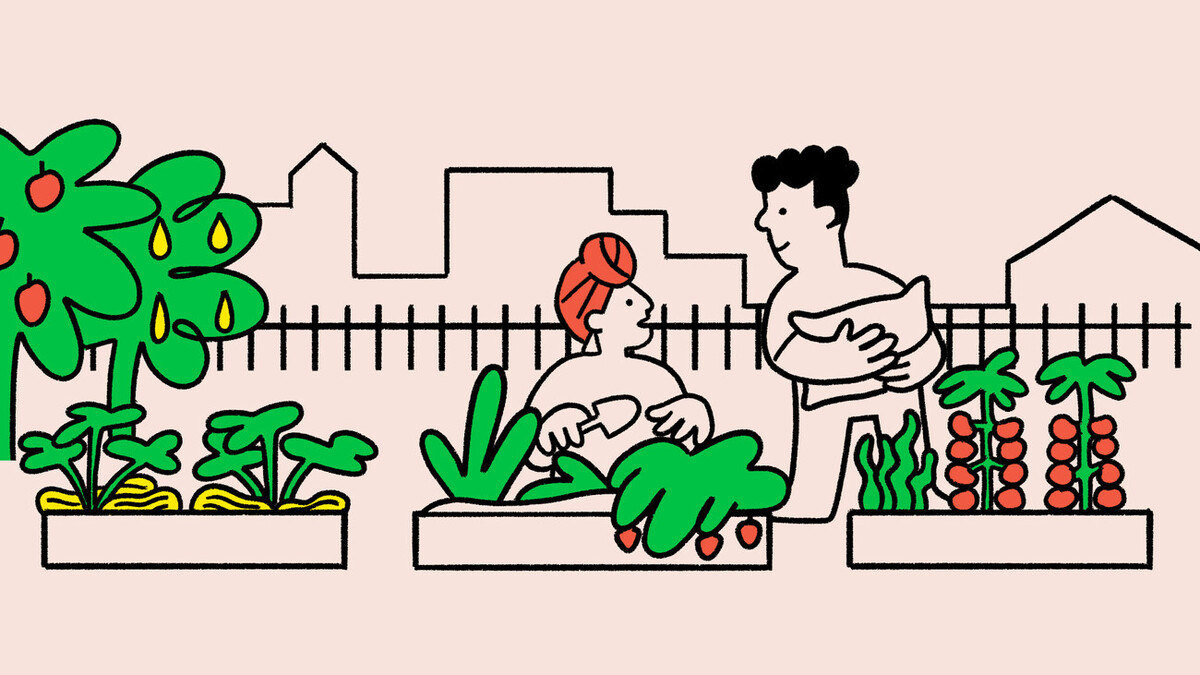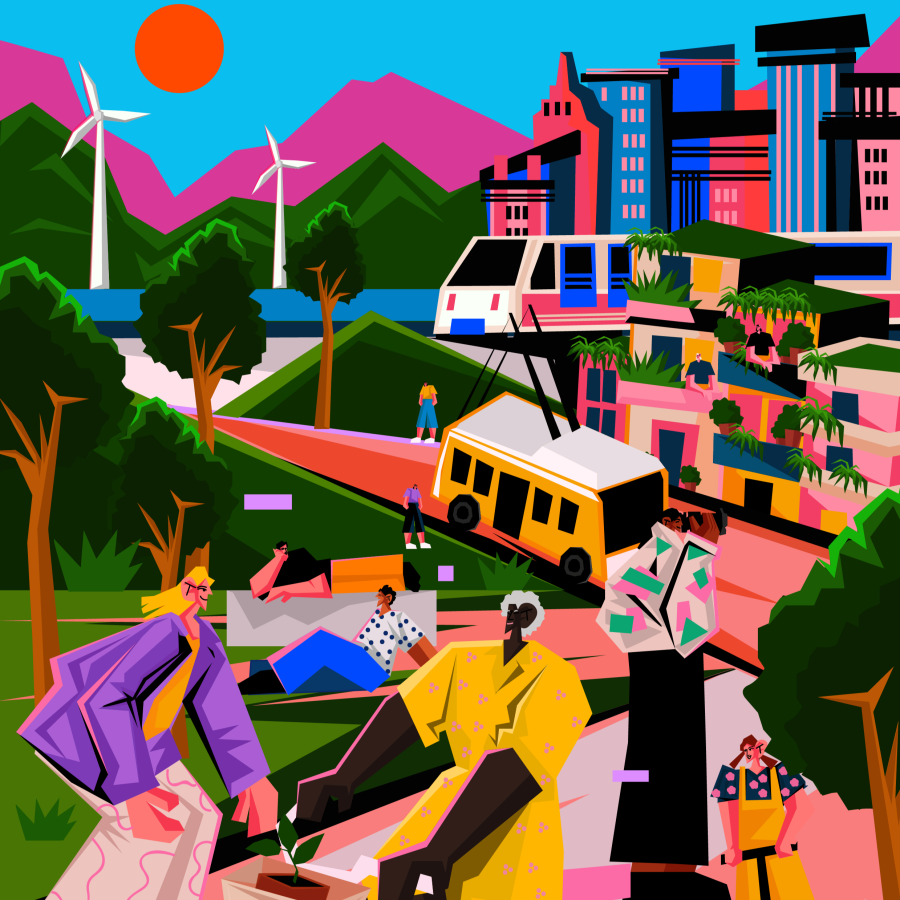Your design should not only aim to address the causes and impacts of greenhouse gas emissions, but also raise the quality of life of local communities.
Involving the local community in how their local area is designed is important to equally distribute the positive impacts of climate action and avoid any unintended consequences. It also makes sure the lifestyle changes you suggest will work for everyone, especially those most vulnerable.
Key concepts:
Frontline communities are people (individuals or communities) who experience the first, and often the worst, effects of climate change. For example, those most dependent on natural resources for their livelihoods, the economically or socially disadvantaged, those lacking economic and political capital and those that have fewer resources to prepare for and cope with climate disruptions.
Create community engagement programs to understand the community and respond to their needs

- Use participatory planning processes to identify the needs and priorities of the local community and empower them to have a say as to whether the solution actually benefits them, and if not, how to better design the solution
- Use stakeholder mapping, residents’ roundtables and other community engagement processes to engage with as many residents as possible, ensuring that you engage frontline communities, under-represented and historically excluded groups.
- Engage a community through art and culture, for example through street-art, forums, exploratory walks, tactical urbanism and transitory occupation.
- Empower citizens to take climate action with initiatives through training, participatory budget and/or climate citizen assemblies.
Equitably distribute the positive impacts from climate action and avoid negative ones

-
Monitor the impacts of climate action to avoid unintended consequences, especially on the most vulnerable population groups. For example, make sure large up-front costs are not passed on as increased costs to low-income customers.
-
Prioritise the positive impacts from environmental initiatives such as lower energy bills, cleaner air, safer travel and more economic opportunities, in particular for most vulnerable residents.
Promote inclusivity so that everyone can access services

- Promote living arrangements that consider all genders, ages and social backgrounds. This could be social housing, intergenerational living and/or cooperative housing.
- Provide social services in neighbourhoods, such as libraries, care infrastructure and local shops that are accessible for low-income households.
- Include varied and affordable amenities that are accessible and cater to a wide range of needs and incomes and promote wellbeing and healthy living.
Tackle loneliness to build more resilient communities

-
Develop spaces for collective use such as shared gardens, exhibition spaces, volunteer meet-up points, and places for community organisations to share information and host events.
-
Design public spaces and provide street furniture to foster social interaction.
-
Facilitate outdoor sports practices and leisure activities suitable for diverse groups and all genders.
Create good, green jobs and provide the infrastructure to support green businesses

-
Green jobs can include retrofitting, insulation, electric charging infrastructure installation, energy advisors, flood resilience upgrades, care and helthcare sectors.
-
Create areas for people to learn skills. Work with local neighbourhood businesses to deliver training and apprenticeship opportunities to create a diverse and thriving workforce
-
Provide co-working, flexible, affordable and green workspaces with shared equipment and workshops.
-
Develop incubator programs and networking opportunities for youth, women and minority groups
-
Develop and strengthen digital infrastructure (fibre and Wi-Fi networks, internet of things) to improve efficiency and reduce energy consumption.
Questions?
If you have a question or would like more details on the Students Reinventing Cities competition, please use the form below. You will receive a response via email.






